The use of urea fertilizer in the garden in the spring, as a fertilizer, top dressing, use for plant protection

The use of urea fertilizer in the garden in the spring, as well as at other times of the year, will definitely help increase productivity.
And it is suitable for almost all plants in our garden.
Therefore, let’s take a closer look at the features of using urea and learn about its beneficial properties.
Content:
- What is urea, composition, production
- PUsing urea fertilizer in the garden in spring
- Is it necessary to apply when planting trees, shrubs, and vegetables?
- Root and foliar feeding, urea application rates
- Efficiency of use in combination with other fertilizers
- Application in the garden, how to dilute urea for spraying trees in spring, dosage
- Urea as a fertilizer for flowers
- Use of urea as a plant protection product
- Pros and cons of applying
What is urea, composition, production
Urea has another name - urea, this is a chemical substance that is carbonic acid diamide. This compound is odorless and colorless crystals; they quickly dissolve in various liquids, for example, alcohol, ammonia and ordinary water.
In its pure form, urea consists of 45-50 percent nitrogen and is used in various fields.For example, in the medical industry it is the basis for the production of dehydration solutions that help remove fluid from the body. In addition, urea is used in the production of sleeping pills, in the food industry to enhance taste, in the production of bread, buns and even chewing gum.
Most often, urea is used in the agricultural industry; urea is a fertilizer that saturates the soil with nitrogenous substances that increase fruiting rates and accelerate the growth of crops.
If this fertilizer is applied to wheat or other grain plants, the amount of protein in them increases significantly. All plants quickly absorb urea, since this substance has a high activity rate.
Application of urea fertilizer in the garden in spring
Before applying this fertilizer in the spring, it will be useful to make sure that the soil is lacking nitrogen and not any other elements.
Here are the main signs that show that plants lack nitrogen compounds:
- the process of growth and development slows down;
- the leaves become small and narrow, their color fades;
- leaves fall much earlier than expected;
- the bushes branch worse than usual, the shoots become sluggish and thin;
- kidney formation becomes worse.
Urea is applied to the soil in the spring, as a separate fertilizer, or combined with any other fertilizers. The amount of fertilizer applied directly depends on the condition of the soil and the plants that will be planted.
Urea is used immediately before sowing seeds or before planting crops. Fertilizing is applied one to two weeks before planting.
When planting seedlings or seed, you can add urea granules. However, in this case, plant roots or seeds should not be allowed to come into direct contact with the fertilizer, otherwise the plants will develop slowly.
To prevent this, it is important to first add fertilizer to the hole, then cover it with a small layer of soil, and then sow. In the spring, you can combine the application of urea with fertilizers containing potassium.
Let's watch a useful video about using urea fertilizer in the garden in the spring:
Is it necessary to apply when planting trees, shrubs, and vegetables?
Urea is used as a fertilizer for vegetables, various shrubs and fruit trees; a different dosage is applied for each crop:
- when planting potatoes, tomatoes, beets and other similar crops, add about 10-20 grams of the substance per square meter;
- for legumes or cucumbers, use 5 to 10 grams of fertilizer per square meter;
- To get a good harvest of eggplants and zucchini, apply urea twice. Fertilizer is applied the first time when planting the crop, and the second time occurs at the beginning of the formation of ovaries. On average, 10 grams of the substance are used for every square meter of land;
- In order for trees or shrubs to produce a good harvest of berries or fruits, it is recommended to use urea. Each fruit and berry crop has its own dosage. To feed cherries and plums, dilute 120 grams of urea in 20 liters of water. To fertilize apple trees, dilute 200 grams of the substance in 10 liters of water. The diluted fertilizer is applied to the grooves that are made around the trunk along the perimeter of the crown;
- Gooseberry or currant bushes are fed while the buds are not yet swollen; urea is diluted in the amount of 10-20 grams per 10 liters of water.
Root and foliar feeding, urea application rates
Foliar fertilization is carried out when green crops are already actively growing. The fertilizer is diluted in water and all parts of the crop that are above the ground are irrigated with the solution; irrigation is carried out in the morning or evening, in calm, dry weather. This procedure is also performed in case of shedding of ovaries or nitrogen starvation.
Root feeding is the application of granules of a substance into the soil either before planting or after planting crops. It is important to mix the fertilizer with the soil; after adding urea, the soil is watered with ordinary water. The rate of application of urea depends on the crop being fertilized.
Efficiency of use in combination with other fertilizers
Urea can be used alone or in combination with other fertilizers. However, during the combination, the growing season and soil composition should be taken into account. For example, if the composition of the soil is acidic, then it is recommended to add lime to the soil, it will neutralize the acid.
It is important to use any additives only in a dry state and immediately after mixing with urea.
Basically, urea is combined with organic substances or superphosphate. Here is a list of fertilizers that can be combined with urea:
- potassium sulfate;
- cow dung;
- sodium nitrate;
- potassium chloride.
But there are restrictions; it cannot be used simultaneously with gypsum, wood ash, dolomite flour, calcium nitrate and chalk.
Application in the garden, how to dilute urea for spraying trees in spring, dosage
Treatment with urea in the spring is carried out three times:
- The first manipulation is carried out at the first warming; the temperature outside should not be less than five degrees. In this case, the optimal dosage is: 700 grams of urea per ten liters of water.
- The second procedure is performed during the flowering period of the crop. It is very important to add a small concentration of the substance so as not to burn the buds, buds and leaves. Dosage: per ten liters – 50 grams of fertilizer.
The last spring feeding is carried out during the ovary period. Dosage: 600 grams of urea per ten liters of water.
There is no need to reduce or increase the dosage; the culture will only suffer from amateur efforts.
We will learn how to properly use urea in the garden by watching the video:
Urea as a fertilizer for flowers
It is worth considering some nuances. For annual plants, fertilizer is applied 2 times per season. The first time - two weeks after planting the seedlings, and the second time at the moment of formation of inflorescences.
Perennial flowers are fertilized three times per season. First, urea granules are added to the soil when planting a crop. Then administered during the period of bud formation. The last procedure is after dropping the buds to nourish the soil and flower for next year.
Expert advice:
- two hours before introducing urea, water the flowers;
- for young plants, reduce the concentration by half;
- sick or just planted plants cannot be fertilized;
- Do not use the procedure on hot days.
Use of urea as a plant protection product
This substance is a good preventative against insects, especially aphids, weevils and copperheads. For this purpose, the solution is prepared in the following proportion: five hundred to seven hundred grams of urea per ten liters of water. Spraying is carried out.
To cope with diseases: scab or purple spotting, a solution is prepared in this way - six hundred grams of urea per ten liters of water. The spraying procedure is carried out in the spring, before bud formation begins.
Pros and cons of applying urea
Pros:
- The substance is absorbed well and quickly, the result is visible after 24 hours.
- The fertilizer is used in greenhouses, vegetable gardens and for indoor crops.
- Urea can be used in an apartment, under a film and in an open area.
- Increases productivity, accelerates growth.
- Good prevention of harmful insects and plant diseases.
Flaws:
- Doesn't work well in infertile, poor soil.
- Strict adherence to dosage.
- When contacted with seeds, growth slows down.
As you can see, urea allows you to grow healthy plants on a plot of land and get a large harvest.
The main thing is to follow the instructions, adhere to the proportion and time of introduction of fertilizing.


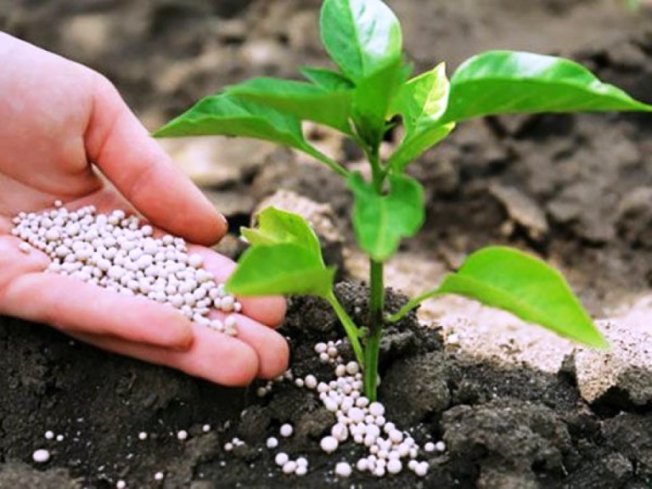
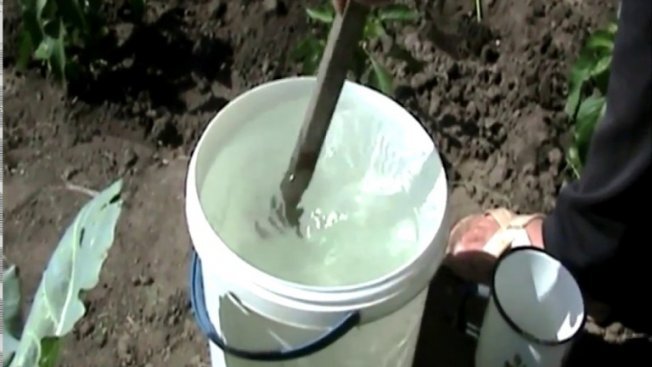
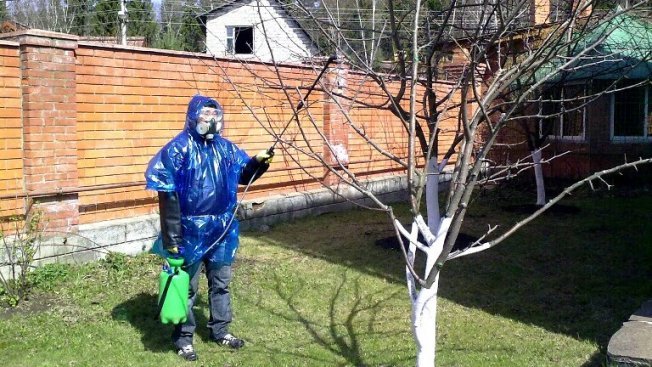
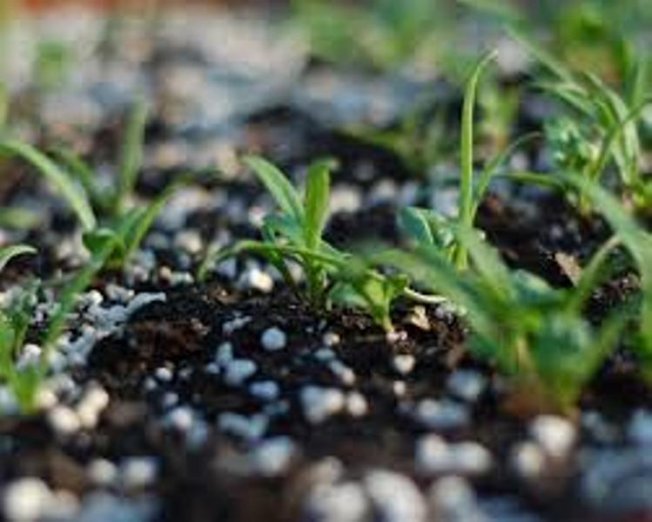
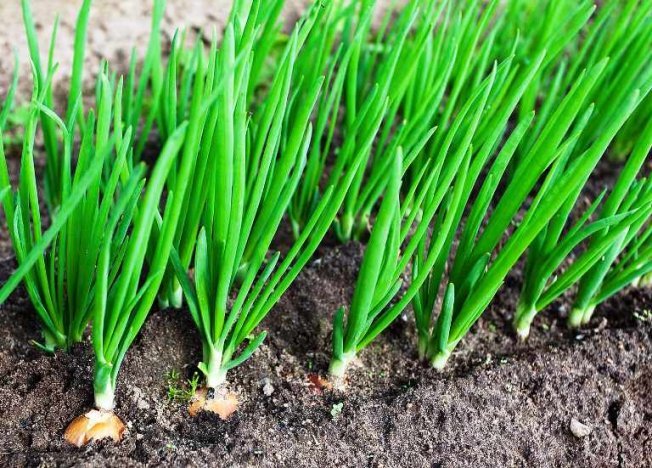
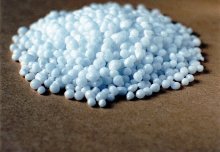

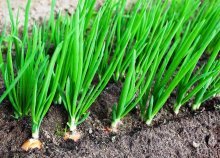
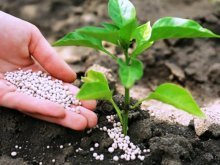
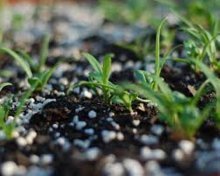

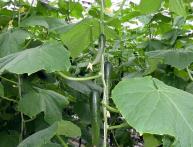


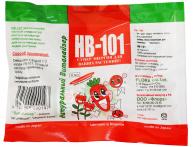
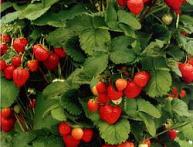
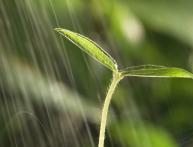
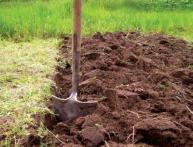
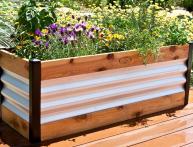
Comments
In the spring, when planting most plants in the city, I add a little urea to the rows or holes; in my experience, this has a positive effect on the yield. I have been using urea this way for many years.